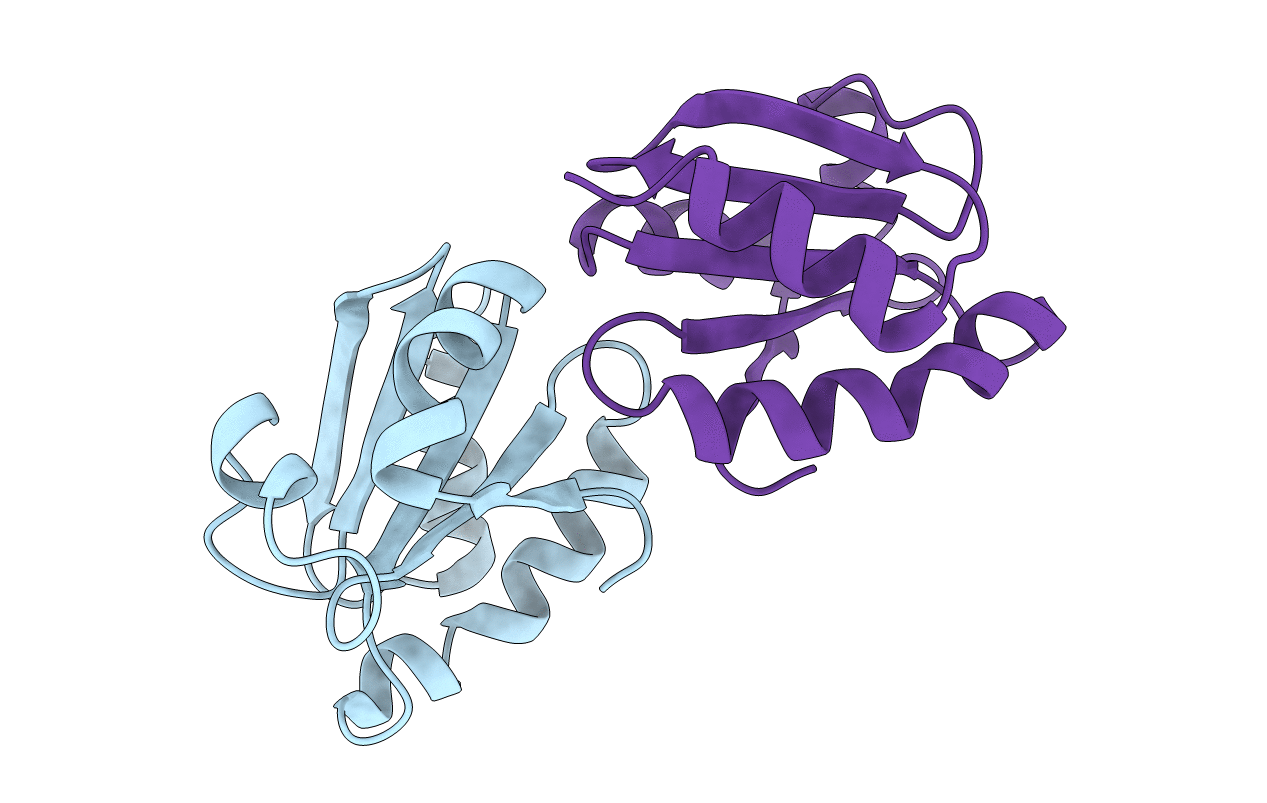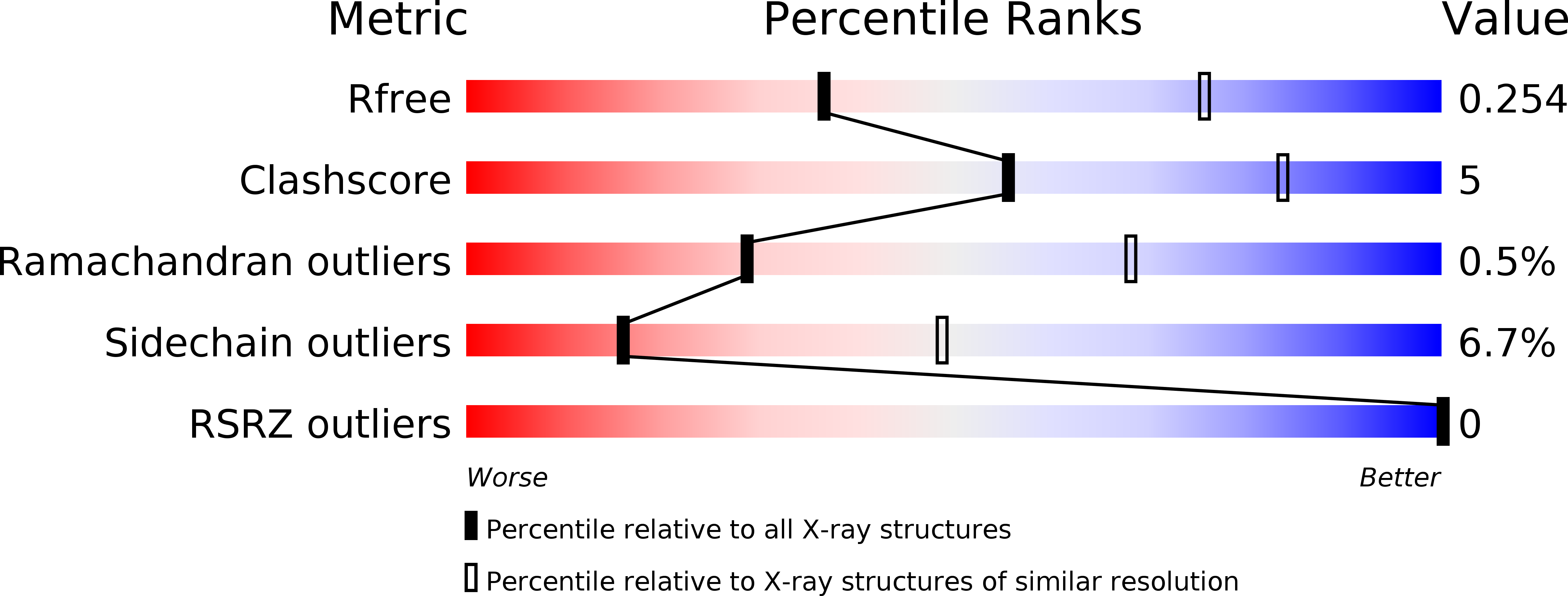
Deposition Date
2018-07-12
Release Date
2019-02-06
Last Version Date
2024-11-06
Entry Detail
PDB ID:
6H1Y
Keywords:
Title:
CRYSTAL STRUCTURE OF A CHIMERIC VARIANT OF THIOREDOXIN FROM ESCHERICHIA COLI
Biological Source:
Source Organism:
Escherichia coli (Taxon ID: 83333)
Sulfolobus solfataricus (Taxon ID: 2287)
Sulfolobus solfataricus (Taxon ID: 2287)
Host Organism:
Method Details:
Experimental Method:
Resolution:
2.99 Å
R-Value Free:
0.25
R-Value Work:
0.19
R-Value Observed:
0.20
Space Group:
P 31


